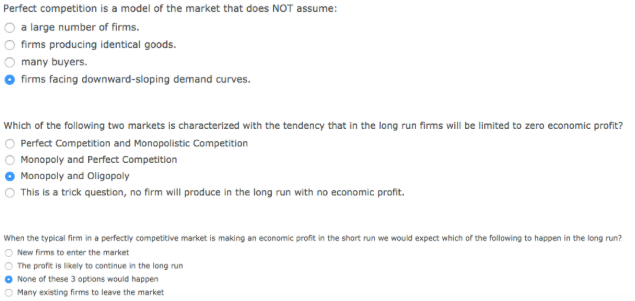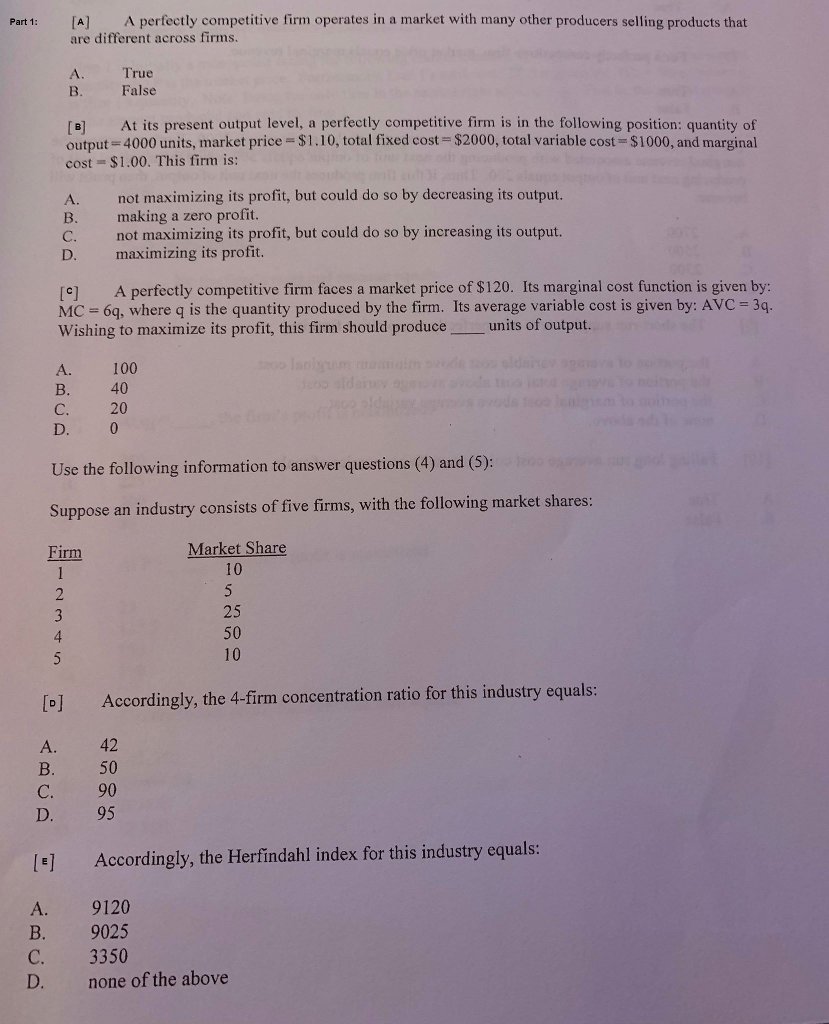

The prices of most goods and services adjust quickly, eliminating the surplus. In general, surpluses in the marketplace are short-lived. At that point, there will be no tendency for price to fall further. Price will continue to fall until it reaches its equilibrium level, at which the demand and supply curves intersect.

Similarly, the increase in quantity demanded is a movement along the demand curve-the demand curve does not shift in response to a reduction in price.

Remember that the reduction in quantity supplied is a movement along the supply curve-the curve itself does not shift in response to a reduction in price. At the same time, the quantity of coffee demanded begins to rise. As the price of coffee begins to fall, the quantity of coffee supplied begins to decline. With unsold coffee on the market, sellers will begin to reduce their prices to clear out unsold coffee. Given a surplus, the price will fall quickly toward the equilibrium level of $6.Ī surplus in the market for coffee will not last long. At a price below the equilibrium, there is a tendency for the price to rise.įigure 3.8 A Surplus in the Market for CoffeeĪt a price of $8, the quantity supplied is 35 million pounds of coffee per month and the quantity demanded is 15 million pounds per month there is a surplus of 20 million pounds of coffee per month. At a price above the equilibrium, there is a natural tendency for the price to fall. The equilibrium quantity is the quantity demanded and supplied at the equilibrium price. The equilibrium price in the market for coffee is thus $6 per pound. The equilibrium price in any market is the price at which quantity demanded equals quantity supplied. Unless the demand or supply curve shifts, there will be no tendency for price to change. Buyers want to purchase, and sellers are willing to offer for sale, 25 million pounds of coffee per month. Notice that the two curves intersect at a price of $6 per pound-at this price the quantities demanded and supplied are equal. By putting the two curves together, we should be able to find a price at which the quantity buyers are willing and able to purchase equals the quantity sellers will offer for sale.įigure 3.7 “The Determination of Equilibrium Price and Quantity” combines the demand and supply data introduced in Figure 3.1 “A Demand Schedule and a Demand Curve” and Figure 3.4 “A Supply Schedule and a Supply Curve”. The supply curve shows the quantities that sellers will offer for sale at each price during that same period. The demand curve shows the quantities of a particular good or service that buyers will be willing and able to purchase at each price during a specified period.

The logic of the model of demand and supply is simple.


 0 kommentar(er)
0 kommentar(er)
